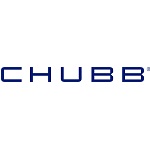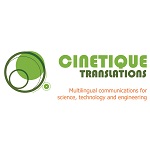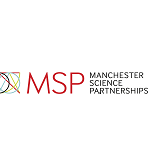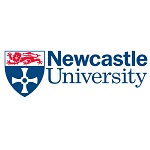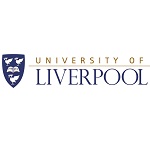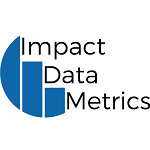AI-led drug discovery: protein folding technology and more

At a time when the average cost of bringing a new drug to market is about $1.8 billion, according to a study led by the London School of Economics and published in the US in 2020, the value of using AI technologies to speed up drug discovery and identify repurposing opportunities is clear.
In fact, research science is still just scratching the surface of AI’s potential in the field of drug discovery. For example, one the key barriers to drug development is the complexity of human cell structures. They contain proteins made up of strings of amino acids, which are folded into complex 3D structures. Some proteins act as ‘receptors’, whilst others are released from a cell to seek out and bind to another, causing a chemical reaction as they do so.
Even though research scientists have some knowledge of the shape of protein sequences, it is difficult to predict how the proteins will react together or with another molecule. This gap in understanding means that it can take many years to develop and produce a protein molecule that will have the desired specific effect on a target cell, making it potentially useful in the treatment of a disease.
A deep learning-based architecture called AlphaFold, developed by DeepMind, which is owned by Alphabet, has recently developed a means of accurately predicting the 3D structure of a protein from an amino acid sequence. This ‘protein folding’ technology is open source, allowing research scientists to select an amino acid sequence stored on a specific platform, request a 3D structure for it, and then view the results. The technology could make it possible to predict the 3D structure of novel proteins more quickly and efficiently than ever before.
The core technology behind AlphaFold is being commercialised under the banner of another Alphabet-owned company, Isomorphic Labs. While it is currently used to predict 3D structures, the technology could potentially be used to guide research scientists in the creation of new proteins by providing reliable information about the amino acid sequences within specific target cells.
Protein folding technology of this type could open the door to other uses of AI technologies in the future, for example in genomics and the pursuit of personalised medicine. While it’s relatively easy to get information about an individual’s gene sequence, the ability to run this information through an AI-based system could result in far-reaching opportunities to develop better, more effective treatments based on an individual patient’s genetic makeup.
Greater focus on ‘in silico’ research activities, such as AlphaFold, does bring some challenges for innovators. For example, a biotech company that has invested in training and developing a new AI system, might subsequently wish to collaborate with big pharma and/or a university research team to develop its market potential. Prior to doing so, it is important to ensure that the ownership of any intellectual property going into the collaboration, and arising from the collaboration, is clearly and carefully delineated. This is not only important in determining which of the parties involved have the rights to any potential patent applications arising from technologies developed during the collaboration, but also ensures that any proprietary intellectual property owned by a collaborator can’t be used by another after the collaboration has finished without permission.
Drug developers are often advised to file patent applications for new molecules as early as possible. However, the decision of how best to protect the algorithms and AI-based systems which drive in silico research activities will vary depending on the commercial interests of the innovator. While patent protection can be obtained for new and inventive in silico approaches, many innovators may prefer to maintain much of the in silico activity as trade secrets. When making such a decision, professional advice should be sought to help ensure that the best level of protection is obtained.
Dr Joanna Thurston is a partner and patent attorney at European intellectual property firm, Withers & Rogers.







